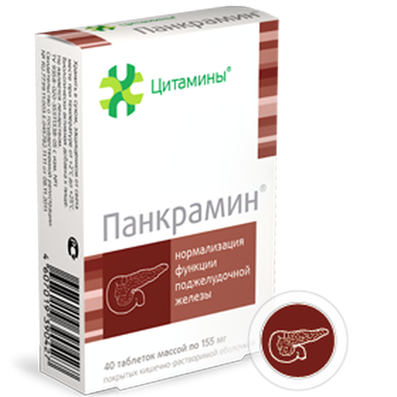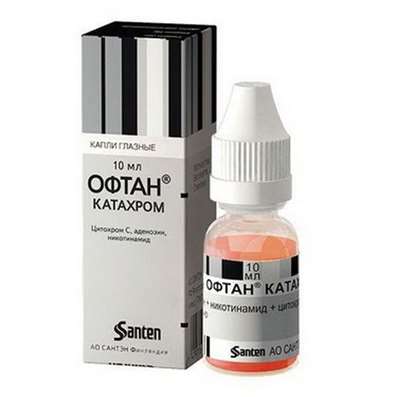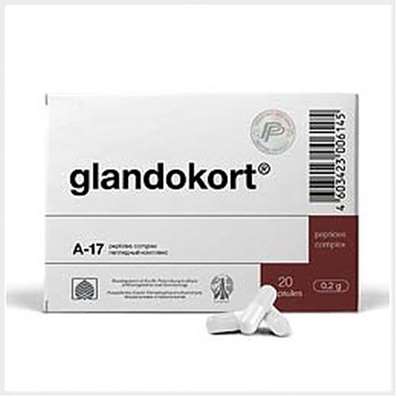Fluorine
01 Nov 2016
Compounds of fluorine are important for the doctor, first, because of their toxicity, secondly — as means of strengthening of teeth and bones. These connections are widespread in the nature, but their content in the soil of various regions of the world not equally. In case of combustion of brown coals and production of superphosphate, aluminum, steel, lead, copper and nickel fluorine is emitted in the atmosphere. In a human body it arrives generally with products of plant origin and water.
Absorption, distribution and elimination
Compounds of fluorine arrive in an organism mainly through a GIT, and also through lungs and skin. Extent of their absorption depends on solubility. Rather well soluble connections, such as sodium fluoride, are soaked up almost completely whereas badly soluble, such as cryolitas (NajAlF6) and the fluorides which are present at bone meal (ftorapatit), are almost not soaked up. The second major way of intake of fluorine to an organism — through lungs. Inhalation of compounds of fluorine with dust and gases — a basic reason of poisoning with fluorine on production.
Fluorine contains in all bodies and fabrics, but accumulates in bones, teeth, a thyroid gland, an aorta and probably in kidneys. Most of all fluorine contains in bones and teeth, and its content depends not only on consumption, but also on age. Fluorine inventories reflect the speed of its updating in a bone tissue: in his growing bone it is more, than in bones of mature animals.
Fluorine is removed generally by kidneys, but its small amounts are found in sweat, milk and allocations of intestinal crypts. In case of strong sweating nearly a half of all removed fluorine can be lost. In kidney tubules about 90% of the filtered fluorine reabsorb.
Pharmacological effect
Effect of fluorine (except for probably action on bones and teeth) is toxic. Ions of fluorine inhibit a series of ferment systems, slow down tissue respiration and an anaerobic glycolysis. In vitro fluorine ions, binding Sa, interferes with a blood coagulation. At the same time they oppress glycolysis in erythrocytes therefore they are used at capture of a blood for definition of concentration of a glucose. Add some Nootropil to your daily training.
Ions of fluorine stimulate division of bone-forming sells and bone formation (Baylink et al., 1970). For this reason its bonds try to apply at an osteoporosis. At many, but not at all patients receiving fluorine salts significant increase in mass of spongiform substance of bones became perceptible; compact substance reacts worse. It is necessary to find out whether durability of bones is enlarged at the same time and whether the risk of fractures decreases. Radioactive isotope F is used for scintigraphy of bones (Jones et al., 1973).
Acute toxic exposure
Such poisoning is not a rare thing. Usually it arises owing to casual hit in an organism of fluorinated insecticides or agents against rodents.
The first symptoms (hypersalivation, nausea, abdominal pain, vomiting and diarrhea) are bound to local action of bonds of fluorine on mucous a GIT. Systemic symptoms are various and serious: the nervous exaltation (caused, apparently, by Ca-binding action of ions of fluorine), hypocalcemia and hypoglycemia. The ABP decreases that it is possible to explain both with oppression of the vasomotor center, and direct cardiotoxic action. Respiration becomes frequent in the beginning, but then is oppressed. Death usually comes from respiratory standstill or a heart failure. The lethal dose of sodium fluoride for the person makes about 5 g, though considerably fluctuates. Treatment comes down to i.v. introduction of normal saline solution with a glucose and to a gastric lavage lime water (0,15% calcium hydroxide solution) or solutions of other salts of a calcium for binding of ions of fluorine. At a tetany enter a calcium gluconat i.v. By means of intensive infusional care support a high diuresis.
Chronic poisoning
This poisoning is called flyuorosis. At the person it is shown generally by osteosclerosis and spotty defeat of enamel. Increase in density of a bone tissue owing to activation of osteoblasts and replacement of a hydroxyapatite with more dense ftorapatit is characteristic of osteosclerosis. At a X-ray analysis damage of bones of different degree comes to light: from hardly distinguishable changes to the expressed thickening of long tubular bones, multiple ekzostoz with calcification of sheaves, sinews and sites of an attachment of muscles. In the most hard cases of the patient loses working capacity and becomes the cripple.
Spotty defeat of enamel — the well-known pathology for the first time described more than 60 years ago. Opaque pretty spots of irregular shape appear in mild cases on tooth enamel. In hard cases on the surface of teeth the separate or merging dark brown or black deepenings are visible. Defeat arises because of violation of ability of cells of tooth to production of enamel. Such violation can have the different reasons, and excess intake of fluorine in an organism — only one of them.
Spotty defeat of enamel — a disease of the formed teeth, excess of fluorine doesn't affect the cut-through teeth any more. It is one of the first visible signs of a flyuoroz at the child. Constant water consumption with concentration of fluorine can lead about 1 mg/l only to very minor changes of enamel at 10% of children; at concentration of fluorine of 4 — 6 mg/l damage of teeth, and much more expressed is noted almost at 100% of children.
Earlier in some regions of the world, for example to Pompeii (Italy) or near the mountain Payks-pik (the State of Colorado, the USA) where water contains a large amount of fluorine, the expressed defeat of tooth enamel met very often. In water of some droughty areas in the southwest of the USA fluorine is present at very high concentration, and damage of bones is widespread among the cattle which is grazed there. Now the federal legislation of the USA demands decrease in level of fluorine in drinking water of such areas or uses of other sources of water supply. Constant water consumption with concentration of fluorine of 4 mg/l leads to reduction of mass of compact substance of a bone and acceleration of a resorption of bone tissue over time (Sowers et al., 1991).
Fluorine and caries
Importance of maintenance of normal concentration of fluorine in drinking water received unexpected confirmation when it turned out that at the children born in Boksayte (the State of Arkansas, the USA) in after transition to water consumption without fluorine caries became occurs much to a bowl, than at those who continued to use the water containing fluorine. The large-scale researches conducted by Service of public health care of the USA convincingly showed that addition to water of a small amount of fluorine (1 mg/l) — the safe and effective measure providing essential depression of prevalence of caries of second teeth.
Consumption of the fluorinated water is useful for children of any age, but especially to those at whom second teeth didn't appear yet. Local putting fluorinated solutions by the stomatologist especially effectively if it is begun right after a teething; it reduces risk of caries by 30 — 40%. Aged up to 12 years if drinking water contains fluorine less than 0,7 mg/l, the use of fluorinated nutritional supplements is shown to children. Data on influence of fluorinated toothpastes are contradictory.
Inclusion of fluorine in tooth fabric gives to an outer layer of enamel big hardness and does it to steadier against demineralization. At the same time fluorine, forcing out, apparently, other anions (a hydroxyl and citrate), takes their place on a surface of crystals of a hydroxyapatite. The mechanism of preventive effect of fluorine concerning caries isn't absolutely clear. Efficiency of fluorine after final forming of second teeth (as a rule, after 14 years) remains unproven.
Often add fluoride of sodium or tin to toothpastes. Fluoride of sodium is present also at many means for local application — tablets, drops, rinsings and gels. Insecticides usually contain sodium fluoride, fluosilicate sodium (Na2SiF6) and cryolite.
From the very beginning voices against addition of fluorine in drinking water were distributed. In certain cases it was net political rhetoric, but also concerns expressed that the fluorinated water negatively will affect health. According to results of the careful researches organized by National institute of cancer and Service of public health care of the USA, death rate indicators from oncological diseases and general death rate in the national groups consuming the fluorinated and not fluorinated water significantly don't differ (Hoover et al., 1976; Erickson, 1978).

 Cart
Cart





